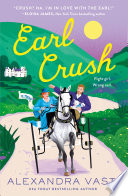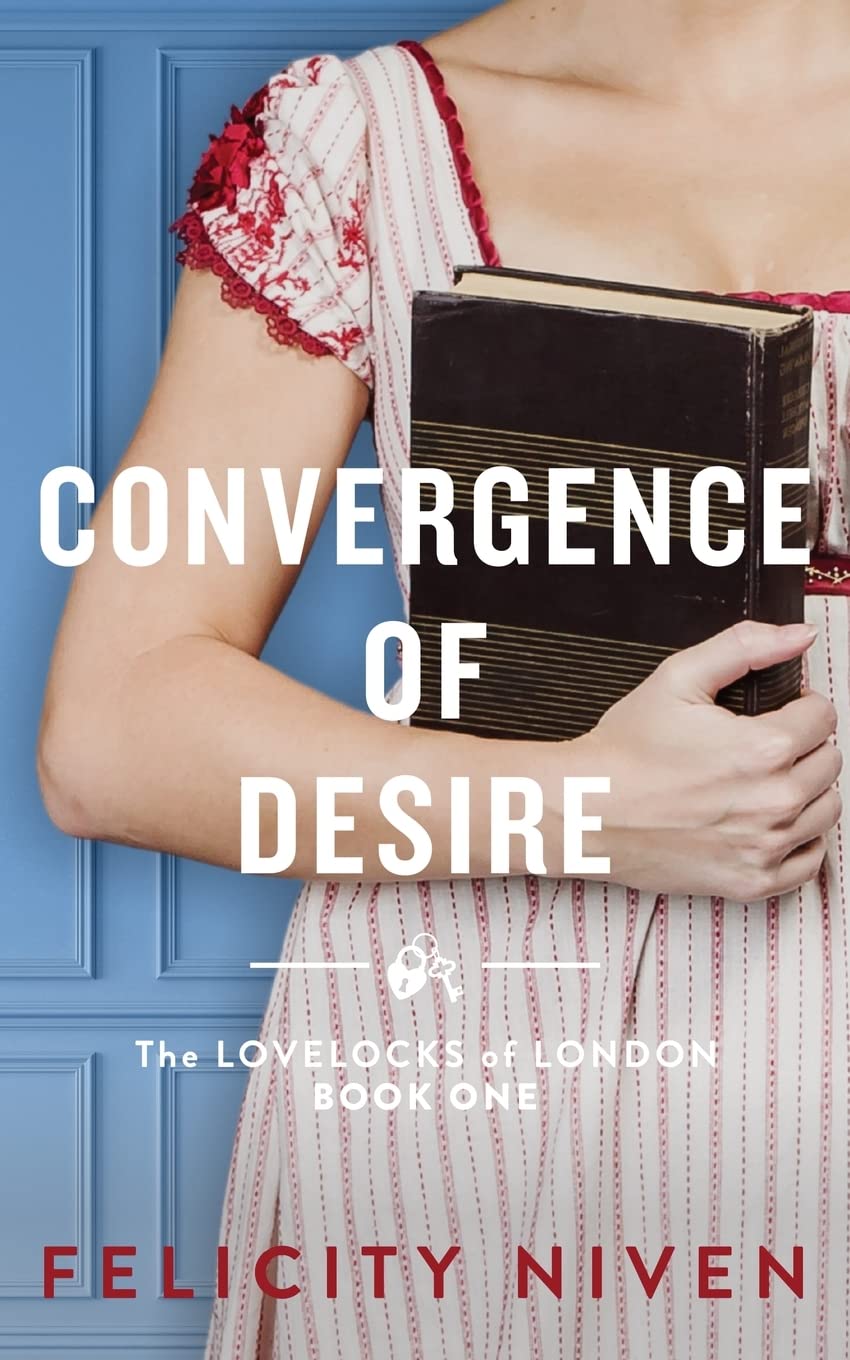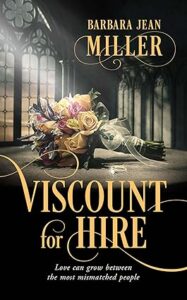We have shared two series on men’s fashion, including a look at cravats and hats.
Above is a plate from The whole art of dress! or, The road to elegance and fashion, at the enormous saving of thirty per cent!!! By a cavalry officer. (1830). United Kingdom: Effingham Wilson. that showcases various men’s shoes.
The narrative is quite lengthy, so I have taken the liberty of summarizing:
The Hessian: worn only with tight pantaloons, copied from German military style. Became a popular UK riding boot. Typically made of calf-skin.
The Top-Boot: Sporting boot, typically worn by jockey’s, grooms, butchers, etc. The author advises against the wearing of them by upper class men for riding or hunting. Typically made of calf-skin.
The Wellington: Made of calf-skin, this boot was popularized by the Duke of Wellington. Its characterized by the slip on style, and was a more practical version of the Hessian for having a lower height, low heel, and a durable leather upper section.
Bluchers and Collegians: Half-boots. The Blucher folds in the front and ties, and the Collegian does not tie or “lap over” but can be pulled on. Ideal for summer wear, known to be durable and comfortable, and also cheaper than Wellingtons due to the height.
Undress and Dress Shoes: Defined by the height, the dress was used for full evening wear as etiquette dictated. Made of Spanish leather.
Dress Boot-Shoe: A dinner dress in the shape of Wellington but underneath more loose fitting trousers look like a shoe. Easier to slip on and avoid silk stockings, and also known to give the wearer a lift in height with its higher heel.












Nice collection of footwear. Hadn’t seen those before. Hard to think of boots as the sneakers (trainers) of the day but they were worn as such. Nothing higher than the ankle was usually allowed in village assemblies while fashionable balls, dinners, and assemblies needed the evening shoe. Men and women were said to have worn out two pairs of shies in one evening of dancing.
Thanks for the comment and insights, Nancy!